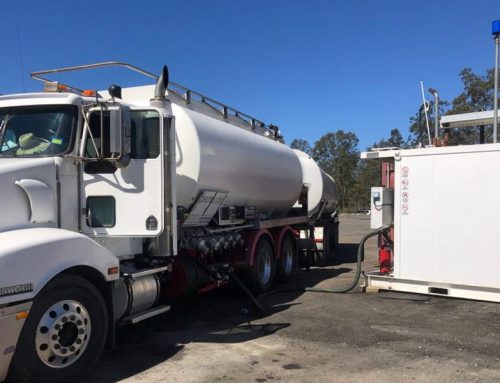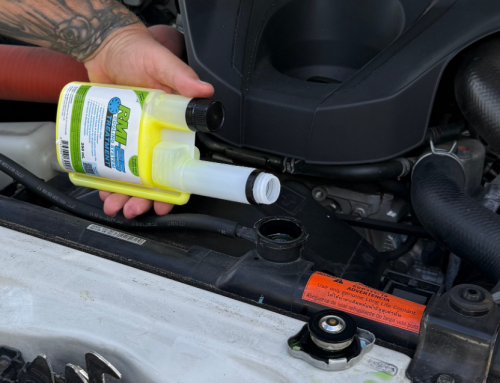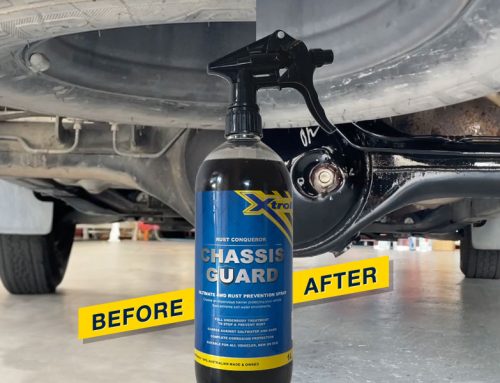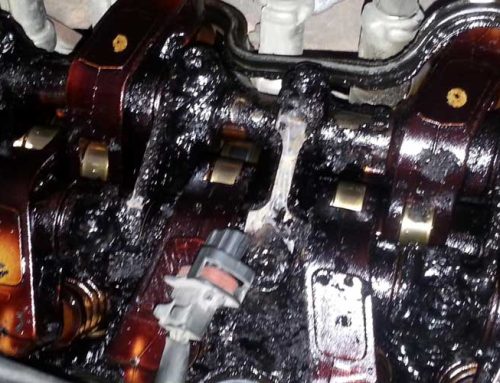Step 1: Protect Your 4WD from Salt Water & Corrosion
One of the most important things to do before heading onto the beach is to protect your vehicle’s underside from rust. Driving near or through salt water and sand exposes your chassis, suspension, and drivetrain to corrosive elements. Rust-proofing your 4WD is a simple DIY process and can be done in a couple of hours. Coating the underside of your vehicle with hard drying protective barrier is important to stop the sand and salt water from destroying your vehicle.
- Apply a non-oily rust protection spray to the underside of your vehicle with Xtroll Chassis Guard
- Use Xtroll Chassis Guard for long-lasting protection.
- Allow the application to dry correctly before your trip.

Step 2: Carry Basic Recovery Gear
You don’t need to spend thousands of dollars on recovery gear, but having a basic kit can make a big difference if you get stuck.
- Lightweight shovel – Helps clear sand around tyres.
- Recovery tracks – Provides traction for easy recovery.
- Recovery straps – Useful for towing if needed.
Pro Tip: Keep your vehicle moving to avoid getting bogged. If you do get stuck, take a few minutes to clear the sand with a shovel and use recovery tracks for an easy escape.
Step 3: Adjust Tyre Pressure Before Driving on Sand
A common mistake new beach drivers make is waiting until they get bogged to lower tyre pressure. Reducing tyre pressure before driving on soft sand increases the tyre footprint, giving better traction and reducing the chances of getting stuck.
Recommended Tyre Pressures for Beach Driving:
- 20-25 psi – General soft sand conditions.
- 15-18 psi – Extra soft or deep sand.
- 10-12 psi – Emergency use if completely stuck.
Directions Plus Tyre Deflators make deflating tyres quick and accurate—taking less than 3 minutes per tyre.
Step 4: Know Your Beach Access Points & Tides
- Drive two hours before or after low tide for the best conditions.
- Be aware of soft exit and entry points—some tracks are more challenging than others.
- Ensure your 4WD is in good condition before accessing the sand.
Step 5: Understand How Your 4WD Works
Not all 4WD systems work the same, so knowing how to engage and adjust your settings before hitting the sand is crucial.
- Engage 4WD mode properly before entering soft sand.
- Know when to switch from 4H (High) to 4L (Low) for extra traction.
- Turn off traction control & ESP (Electronic Stability Program) when needed.
Pro Tip: Soft sand driving puts extra strain on your engine and drivetrain. Using an oil additive like AW10 Antiwear reduces wear and heat buildup in the engine, transmission, and differentials.
Reduce Overheating Risks
If you’re worried about engine overheating, RMI-25 Cooling System Treatment helps lower radiator coolant temperatures, keeping your 4WD running cool under heavy sand-driving conditions.
Leave Only Tracks & Footprints
After your beach trip, remember to clean your vehicle thoroughly and leave no trash behind.
Beach driving is a fantastic adventure, but preparation is key! By following these five easy steps, you’ll be ready to hit the sand with confidence while keeping your 4WD in top condition.






